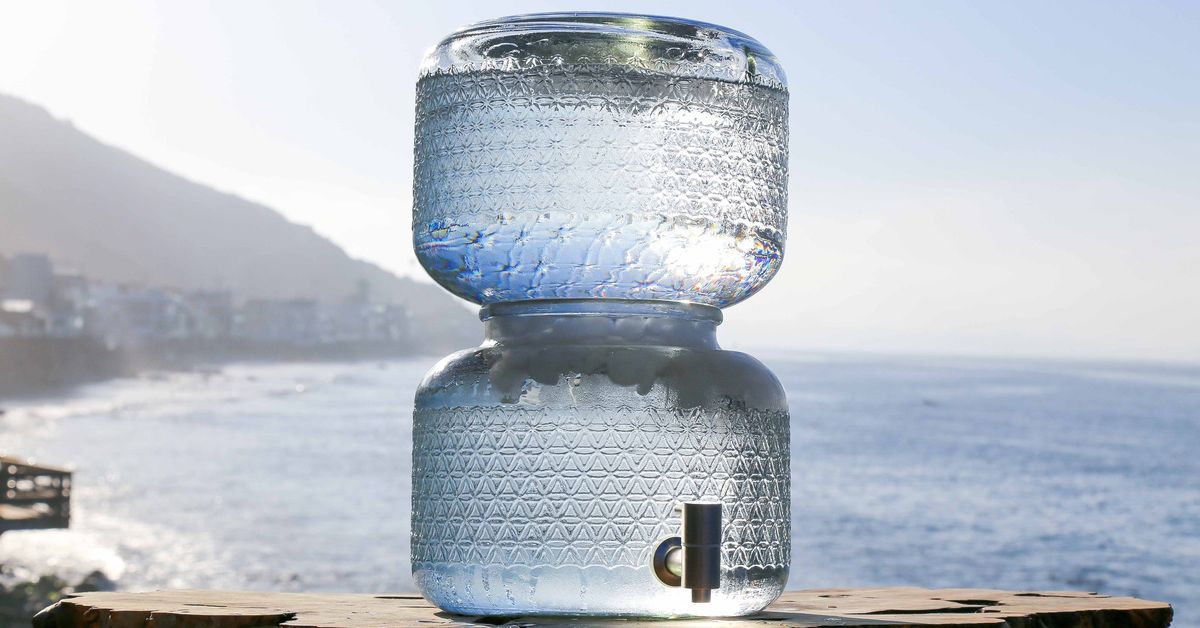- Joined
- Mar 4, 2019
- Messages
- 175
- Reaction score
- 147
WIKI article:The dangers of dihydrogen monoxide
A 1983 April Fools' Day edition of the Durand Express, a weekly newspaper in Durand, Michigan, reported that "dihydrogen oxide" had been found in the city's water pipes, and warned that it was fatal if inhaled, and could produce blistering vapors.[1] The first appearance of the parody on the Internet was attributed by the Pittsburgh Post-Gazette to the "Coalition to Ban Dihydrogen Monoxide",[2][3] a parody organization at UC Santa Cruz following on-campus postings and newsgroup discussions in 1990.[4]
This new version of the parody was created by housemates while attending the University of California, Santa Cruz in 1989–1990,[2][4][better source needed] revised by Craig Jackson in 1994,[2] and brought to widespread public attention in 1997 when Nathan Zohner, a 14-year-old student, gathered petitions to ban "DHMO" as the basis of his science project, titled "How Gullible Are We?"[5]





















